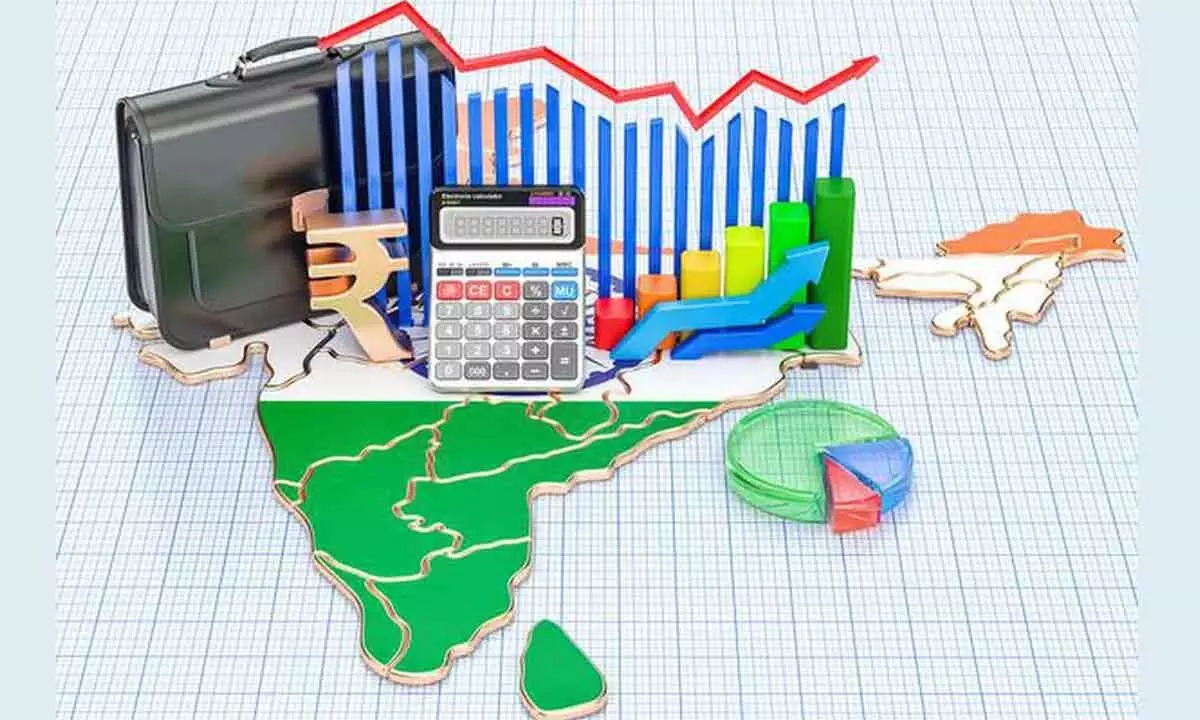Jobs, rural distress major challenges for new govt
Under the Modi government’s 10-yr tenure, India has become 5th largest economy from 11th globally, shaking off its image as a fragile economy prior to 2014: Experts
image for illustrative purpose

New Delhi: India’s world record beating economic growth rate together with robust tax revenues, a fast expanding digital and financial infrastructure and a strong manufacturing sector will give the new government a base for unleashing next generation reforms that may make the country a developed nation by 2047.
The new government will, however, have to tackle with problems like unemployment and rural distress, which seemed to have played a major role in voting pattern in states like Uttar Pradesh, while also keeping inflation under control. Given that no party, including BJP, have a clear majority of its own, tough reforms like big ticket privatisation and labour law reforms may take a backseat.
As per the available trends, BJP is likely to fall short of simple majority of 272 in a 543- member Lok Sabha. It would have to rely on its allies like TDP and JDU to form the next government. The new government will have to build upon the 8.2 per cent GDP growth recorded in 2023-24 and carry on with the reforms to make India a $5 trillion economy in the next couple of years and a developed nation by 2047.
Policy experts are unanimous in their view that the government is likely to continue its focus on infrastructure-led growth, investor-friendly policies, enabling reforms, and facilitating ease of doing business.
Last week, S&P Global Ratings had said that historically India has been on a high growth path with national consensus on key economic policies.
“No matter who the incoming government is, the pro-growth policies, sustained infrastructure investments, the drive to reduce fiscal deficit -- these things have produced very good outcomes and we believe this will continue in the coming years no matter who is in charge,” S&P Global Ratings Analyst YeeFarnPhua said.
EY India Chief policy advisor DK Srivastava said the Aatmanirbhar strategy, especially focusing on knowledge intensive employment generating and strategic manufacturing, will serve India well in the long run while providing scope for increasing both services and goods exports. “The new government will find a solid foundation of the economy, ready to take off with the objective of fulfilling India’s aim of becoming ‘viksit’ in the next 25 years,” Srivastava said.
Under the Modi government’s 10-year tenure India has become the fifth largest economy, from 11th globally, shaking off its image as a fragile economy prior to 2014. The new government will have its eyes set on taking India among the top three economies in the world. The target is more likely to be realised by 2027-28 fiscal, according to 16th Finance Commission Chairman Arvind Panagariya.

